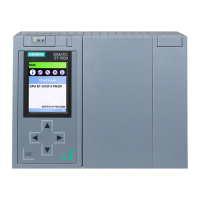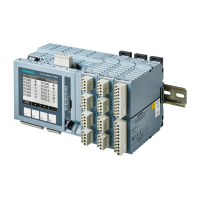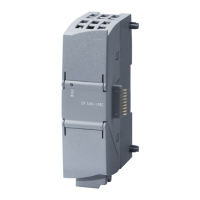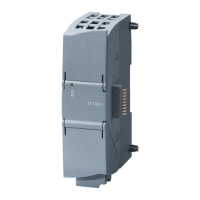Characteristic values of redundant automation systems
A.1 Basic concepts
CPU 410-5H Process Automation/CPU 410 SMART
298 System Manual, 10/2013, A5E32631667-AA
● Corrosion
● Vibration and shock
● Electromagnetic interference
● Electrostatic discharge
● RF interference
● Unexpected sequence of events
● Operating errors
The CCF factor defines the ratio between the probability of the occurrence of a CCF and the
probability of the occurrence of any other error.
Typical CCF factors range from 2% to 0.2% in a system with identical components, and
between 1% and 0.1% in a system containing different components.
Within the range stipulated in IEC 61508, a CCF factor between 0.02% and 5% is used to
calculate the MTBF.
Figure A-3 Common Cause Failure (CCF)
Reliability of an S7-400H
The use of redundant modules prolongs the system MTBF by a large factor. The integrated
high-grade self-test and the test/message functions of the S7-400H CPUs enable the
detection and localization of virtually all errors. The calculated diagnostic coverage is around
90%.
The reliability in stand-alone mode is described by the corresponding failure rate. The failure
rate for all S7 components is calculated according to the SN29500 standard.
The reliability in redundant mode is described by the failure rate of the components involved.
This is termed "MTBF" below. Those combinations of failed components which cause a
system failure are described and calculated using Markov models. Calculations of the
system MTBF take account of the diagnostic coverage and the common cause factor.
Availability is the probability that a system is operable at a given point of time. This can be
enhanced by means of redundancy, for example by using redundant I/O modules or multiple
encoders at the same sampling point. Redundant components are arranged such that
system operability is not affected by the failure of a single component. Here, again, an
important element of availability is a detailed diagnostics display.
